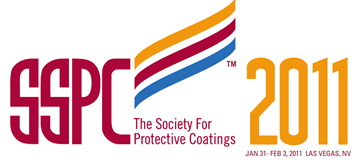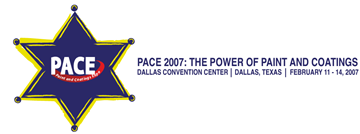Search
Products tagged with 'surface preparation'
View as
Sort by
Display
per page
Environmental and Economic Impact of Utilizing Climate Control Measures During Surface Preparation and Coating
Product Number:
41211-646-SG
Publication Date:
2011
$20.00
Evaluation of Surface Preparation Methods to Remediate Chlorides
Product Number:
51217-056-SG
Publication Date:
2017
$20.00
Failure Investigation of Internal Girth Weld Coating Surface Preparation: A Case Study
Product Number:
MPWT19-14360
Publication Date:
2019
$0.00
Fiber Reinforced Polymer, Process, Applications, and Inspection
Product Number:
51220-271-SG
Publication Date:
2020
$20.00
Formulated Didecyl Dimethyl Ammonium Bicarbonate/Carbonate (DDABC), a Multi- Metal Corrosion Inhibitor with Relevance to Commercial Surface Preparation and Coatings Technologies
Product Number:
41207-306-SG
Publication Date:
2007
$20.00
Galvanizing, Primer Adhesion Test and Beyond
Product Number:
51219-223-SG
Publication Date:
2019
$20.00
Green Blasting Technology with Focus on HSE and Quality
Product Number:
41212-705-SG
Publication Date:
2012
$20.00
Green Surface Preparation Methods for Coating Exterior Steel Water Reservoirs
Product Number:
41211-607-SG
Publication Date:
2011
$20.00












